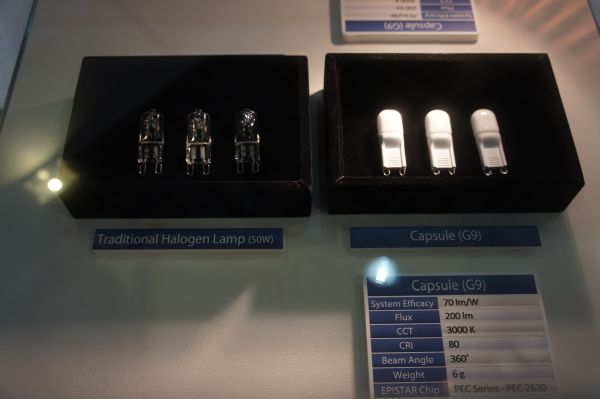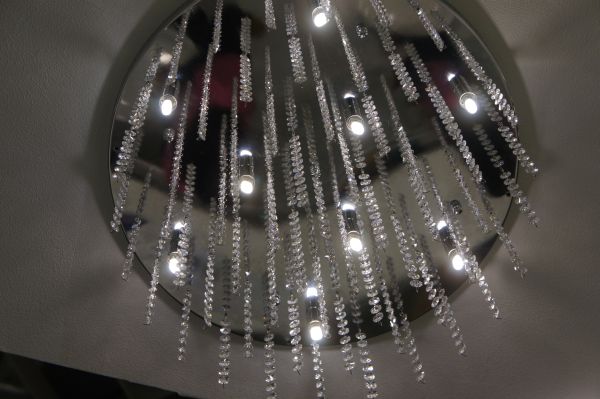- 1 [News] GIS Showcases Next-Generation Smart Automotive and Near-Eye Display Technologies at CES in the U.S.
- 2 [News] Aledia White Paper: MicroLED Innovation for AR Displays
- 3 [News] Taiwanese LED Package Providers Accelerate Transformation, Focusing on Micro LED and Beyond
- 4 [News] Samsung Neo QLED and Lifestyle TVs Receive ‘EyeCare Circadian’ Certification From VDE
- 5 [News] Innoviz, in Collaboration with NVIDIA, Showcasing Cutting-Edge Perception Software with NVIDIA DRIVE AGX Orin at CES 2025, Unveiling New Software-Driven Features
- 6 [News] Smart Eye Launches New AIS+ System at CES 2025: Introducing Key Functionality to Its Fleet Driver Safety System
- 7 [News] Seeing Machines to Showcase World-Leading Interior Sensing Solutions at CES 2025
Login |
Register |
Management | Member Center | Contact Us





 CN
TW
EN
CN
TW
EN







